
Sponsored Content



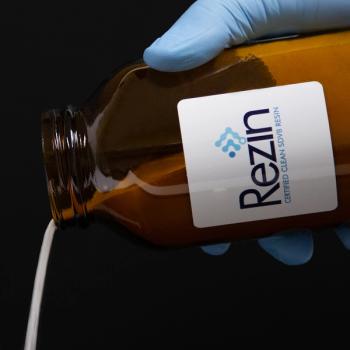

Data Intelligence software offers curated insights through customized dashboards for streamlined, well-organized, and timely access to critical laboratory information.

MOBILion has introduced a new high-resolution mass spectrometry (HRMS) approach that can increase speed and sensitivity in omics applications. The parallel accumulation with mobility aligned fragmentation (PAMAF) approach substantially increases the fraction of ions used for MS analysis by replacing the functionality of the quadrupole with high-resolution ion mobility.
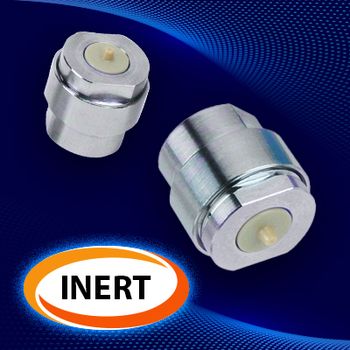
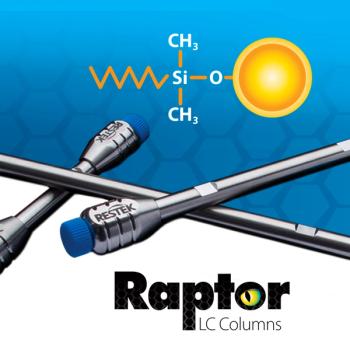

Peter Pellegrinelli, Applications Specialist at Advanced Materials Technology (AMT) explains the complexity of oligonucleotide separations due to the unique chemical properties of these molecules. Issues such as varying length, sequence complexity, and hydrophilic-hydrophobic characteristics make efficient separations difficult. Separation scientists are addressing these challenges by modifying mobile phase compositions, using varying ion-pairing reagents, and exploring alternative separation modes like HILIC and ion-exchange chromatography. Due to these complexities, AMT has introduced the HALO® OLIGO column, which offers high-resolution, fast separations through its innovative Fused-Core® technology and high pH stability. Alongside explaining the new column, Peter looks to the future of these separations and what is next to come.

Deriving antibodies from plasma involves a multi-step process, from plasma collection to antibody purification and quality control, ensuring the final product is safe and effective for therapeutic, diagnostic, or research use. Krish Gosh, PhD, MBA, President of TCG Digital, joined LCGC International to discuss how AI/GenAI applications can optimize several steps to enhance yield, profitability, and process monitoring.

In high-performance liquid chromatography (HPLC), it is common for bases and unreacted ionized silanols on silica-based columns to cause irreproducible retention, broad peaks, and peak tailing when working with basic analytes. David S. Bell, Lead Consultant at ASKkPrime LLC offers innovative HPLC strategies that can help mitigate such issues.

Solid Phase Extraction (SPE) is vital for chromatographic analysis. However, traditional loose-packed SPE products struggle with channelling and inconsistent resin mass, resulting in poor recovery and reproducibility. Discover how innovative composite technology overcomes these challenges to transform sample preparation, ensuring reliable and sensitive chromatographic data.

Raman spectroscopy is the ideal approach to compositional analysis and provides great versatility. In this Q&A, Tom Dearing, Senior Staff Scientist, and John Richmond, Senior Sales Manager, both at Thermo Fisher Scientific, provide an overview of the MarqMetrix All-In-One Process Raman Analyzer.



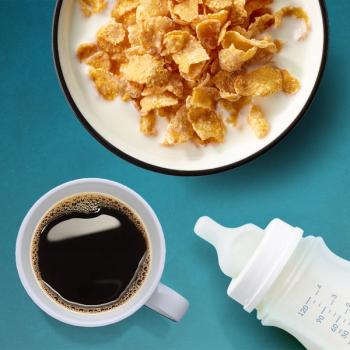






The current trend in laboratory equipment design is the miniaturization of laboratory instruments. Smaller-scale HPLC instruments offer benefits that cannot be matched by analytical-scale equipment, especially in the areas of portability, reduced fluid volumes, and reduced operating costs. Yet, the miniaturization of laboratory equipment has brought with it a unique set of challenges, including transferring methods to compact LC. Capillary LC expands the use of LC to applications not currently done using conventional LC in a wide array of application areas, including pharmaceutical, food and beverage, petrochemical, environmental, and oil and gas. Greg Ward, Axcend’s CEO wrote, “Customers want an HPLC system with a small footprint, low flow rates and green chemistry.” Join his podcast where he shares method transfer in these application areas.
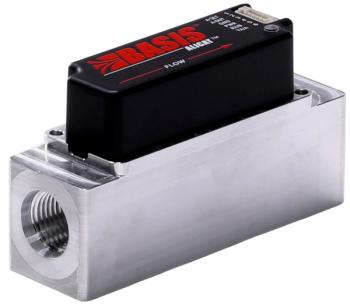
Alicat™ Scientific releases the next generation of OEM flow controllers and meters.

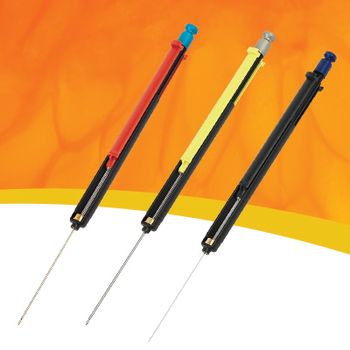


When it comes to high-purity inorganic raw materials, the key to analytical success is knowing how to define purity. A variety of factors can impact this definition, including the specific application as well as the chemist’s needs.

The EZGC and EZLC Online Software Suite are free web tools focused on helping cut method development time and costs dramatically by using highly accurate simulated separations and translations.

In this episode, “LC Column Hardware Evolution and its Role in Sustainability” brought to you by Advanced Materials Technology, Brett Paull Ph.D., Director of the ARC Training Centre for Hyphenated Analytical Separation technologies (HyTECH) at the University of Tasmania discusses the relationship of HPLC column technology and sustainability at the laboratory level.
